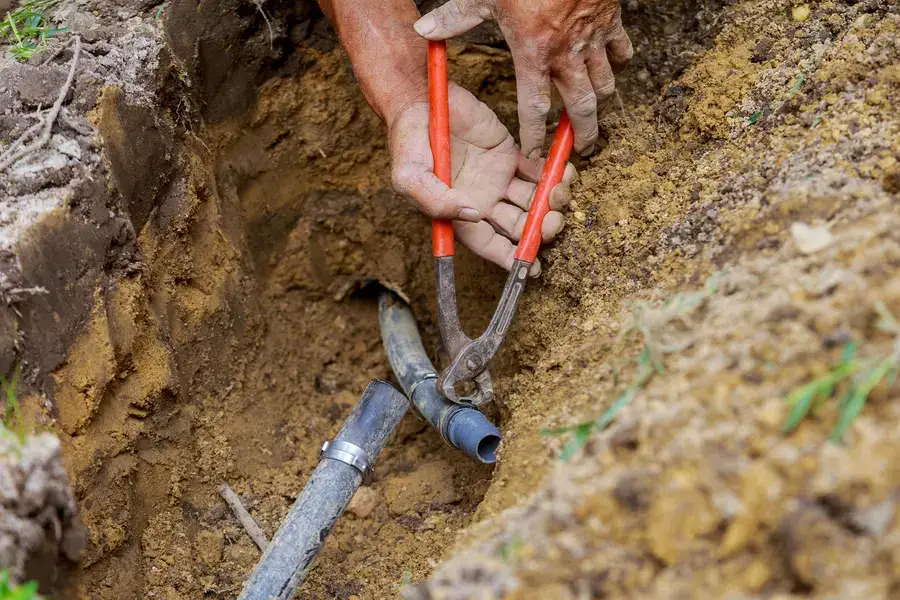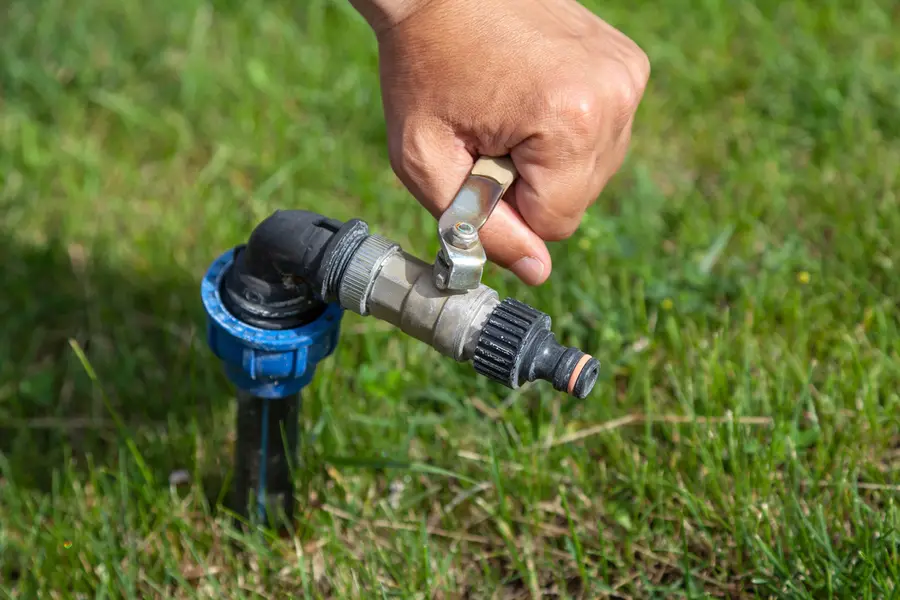Understanding the Influence of Soil on Irrigation Systems
Installing a sprinkler system can seem straightforward. However, understanding how soil type affects these systems is crucial. Different soils have unique characteristics that can influence water absorption, drainage, and overall effectiveness. Factors like clay content, sandiness, and organic material in soil impact how irrigation systems perform. Knowing your soil’s properties helps you make informed choices, ensuring efficient watering and long-term health for your landscape.

The Role of Clay in Water Absorption
Clay-heavy soils are dense and retain water longer than other types. This characteristic makes them ideal for dry climates where water conservation is vital. However, it also means that overwatering is a common issue. In areas with clay-rich soil, adjusting the frequency and duration of watering sessions can prevent saturation and runoff. When considering sprinkler system installation, it’s crucial to adapt to clay’s water-holding nature to avoid wastage.
Challenges Posed by Sandy Soils
Sandy soils are known for their quick drainage due to larger particle sizes. While this prevents flooding, it also means that water doesn’t linger long enough for plants to absorb it fully. When installing sprinklers in sandy soil, choosing heads and nozzles that distribute water slowly is essential. These adaptations ensure that the ground receives adequate moisture without excessive loss through rapid drainage.

Loam: the Balanced Option
Loamy soils combine clay, silt, and sand, offering an excellent balance for plant growth and irrigation. They retain moisture effectively while allowing excess water to drain away. This balance makes loam ideal for most sprinkler systems, as they can function efficiently without extensive modifications. For those fortunate enough to have loamy soil, standard sprinkler installations often suffice, needing only minimal adjustments.
Factors Affecting System Choice
Choosing the right sprinkler system involves evaluating multiple factors beyond soil type. Considerations include local climate conditions, vegetation types, and topography. It’s important to match system components with these elements for optimal performance. For example:
- Drip Irrigation: Best for clay soils to prevent overwatering
- Spray Heads: Suitable for sandy soils with quick drainage needs
- Rotary Nozzles: Effective in loam or mixed terrains
Cost Implications of Different Soil Types
The cost of setting up an irrigation system can vary based on soil type. Installing additional features like smart controllers or specific nozzles adds to initial expenses but offers long-term savings through water efficiency. Understanding the interplay between soil characteristics and system requirements helps manage costs effectively while ensuring sustainability.
Maintaining Your Irrigation System
Regular maintenance is key to keeping any irrigation system running smoothly. Adjust settings seasonally to accommodate changes in weather and plant needs. Clean filters and inspect lines regularly to prevent clogs and leaks. Being proactive about maintenance ensures longevity and reduces future repair costs.
Your Guide to Smart Choices With Irrigation Systems
Making informed decisions about irrigation requires understanding soil’s role in system performance. By recognizing how different soil types affect water distribution, you can select the best equipment for your landscape’s needs. Contact Entire Home Service - Katy at (832) 359-5660 today to learn more about tailored solutions. Located in Katy, TX, our experts are ready to assist with all your irrigation requirements.
